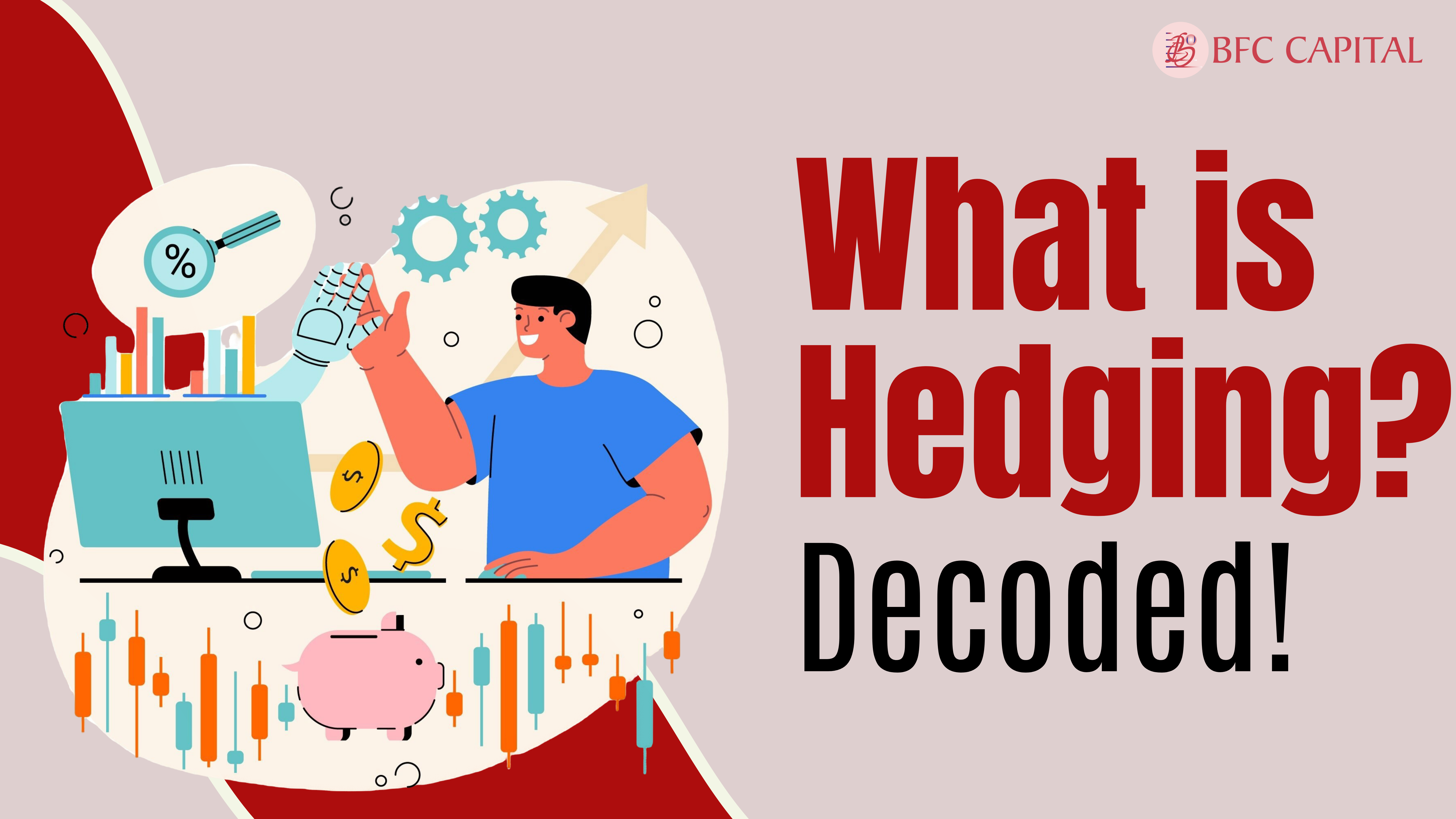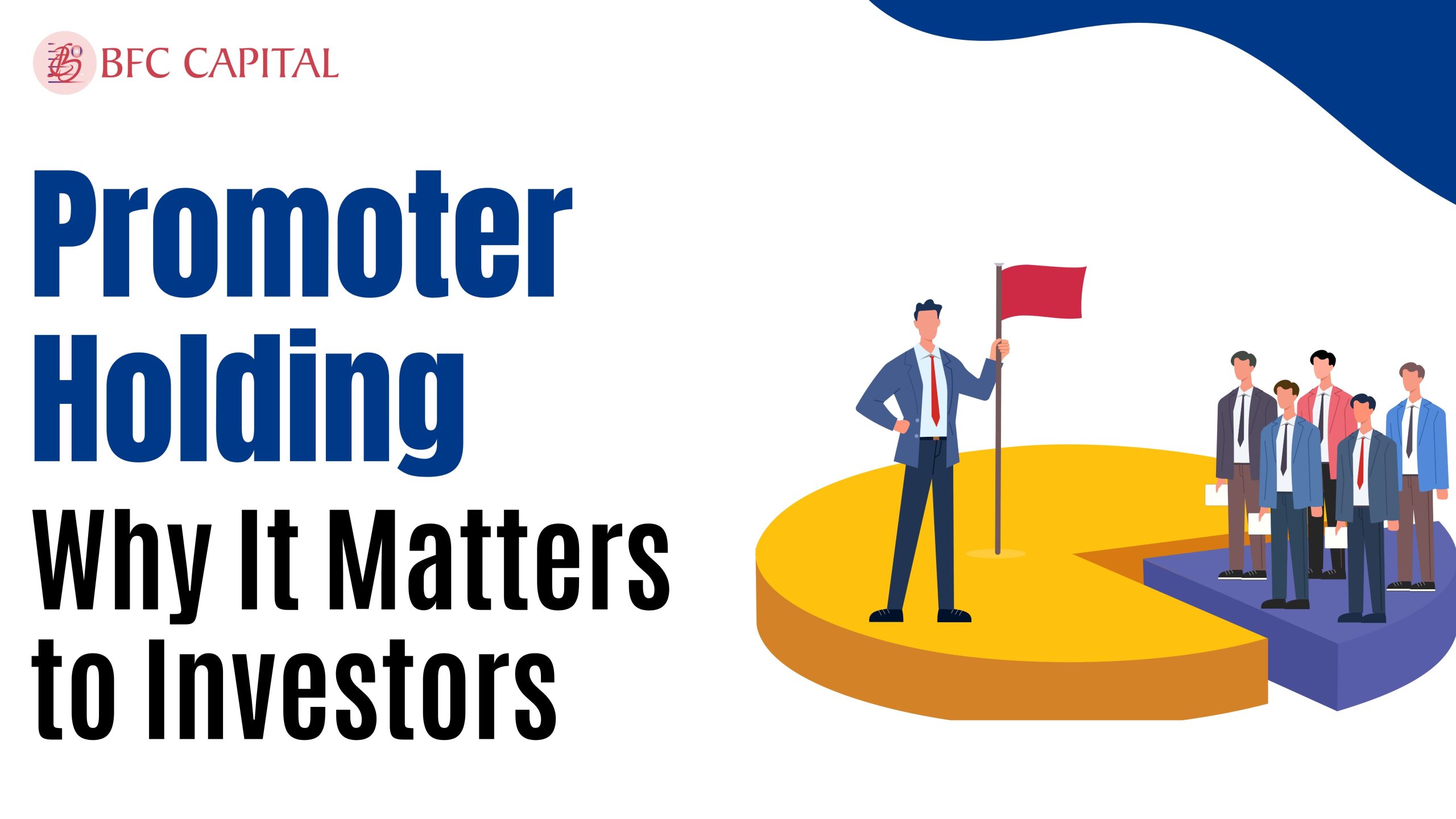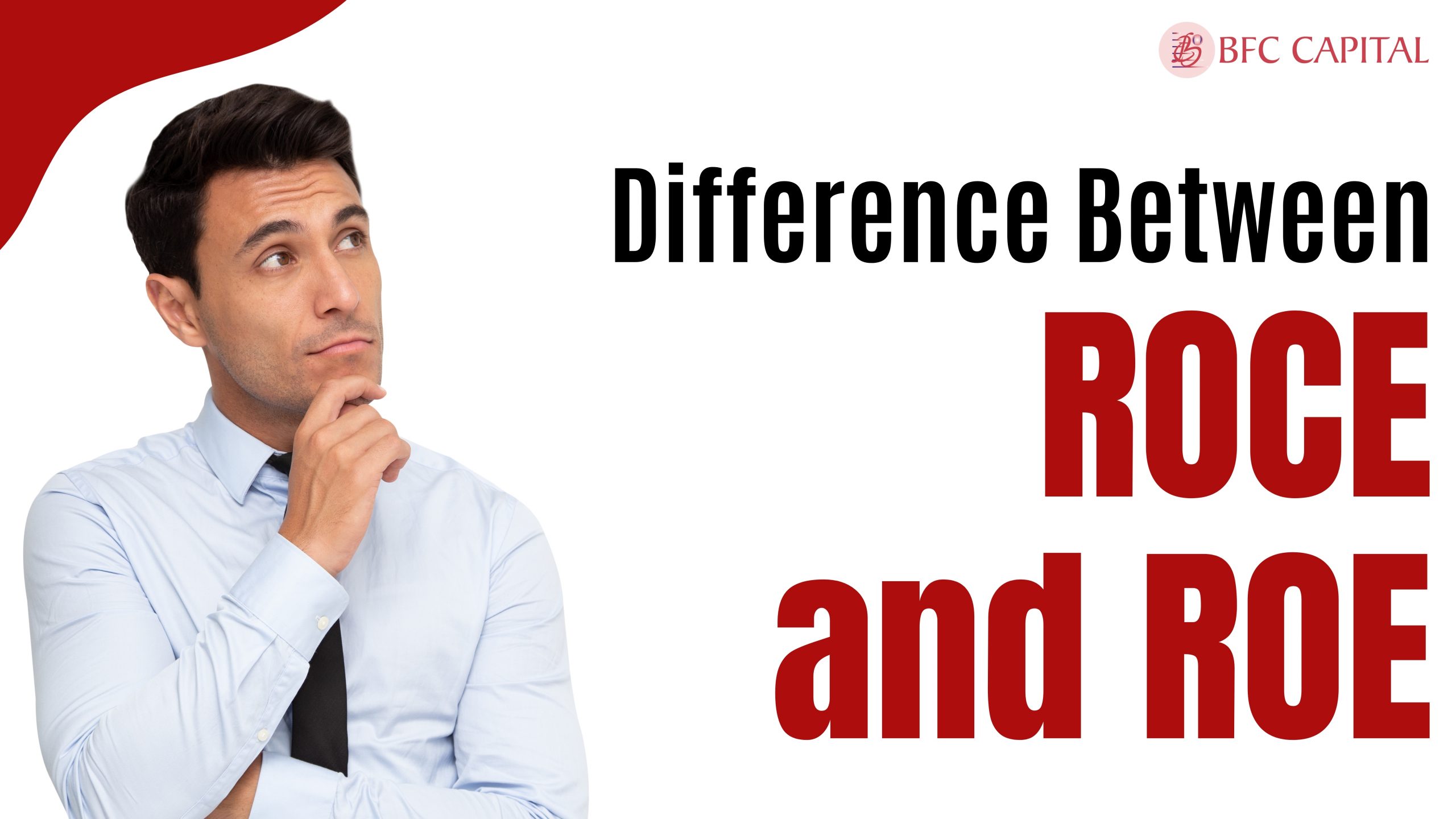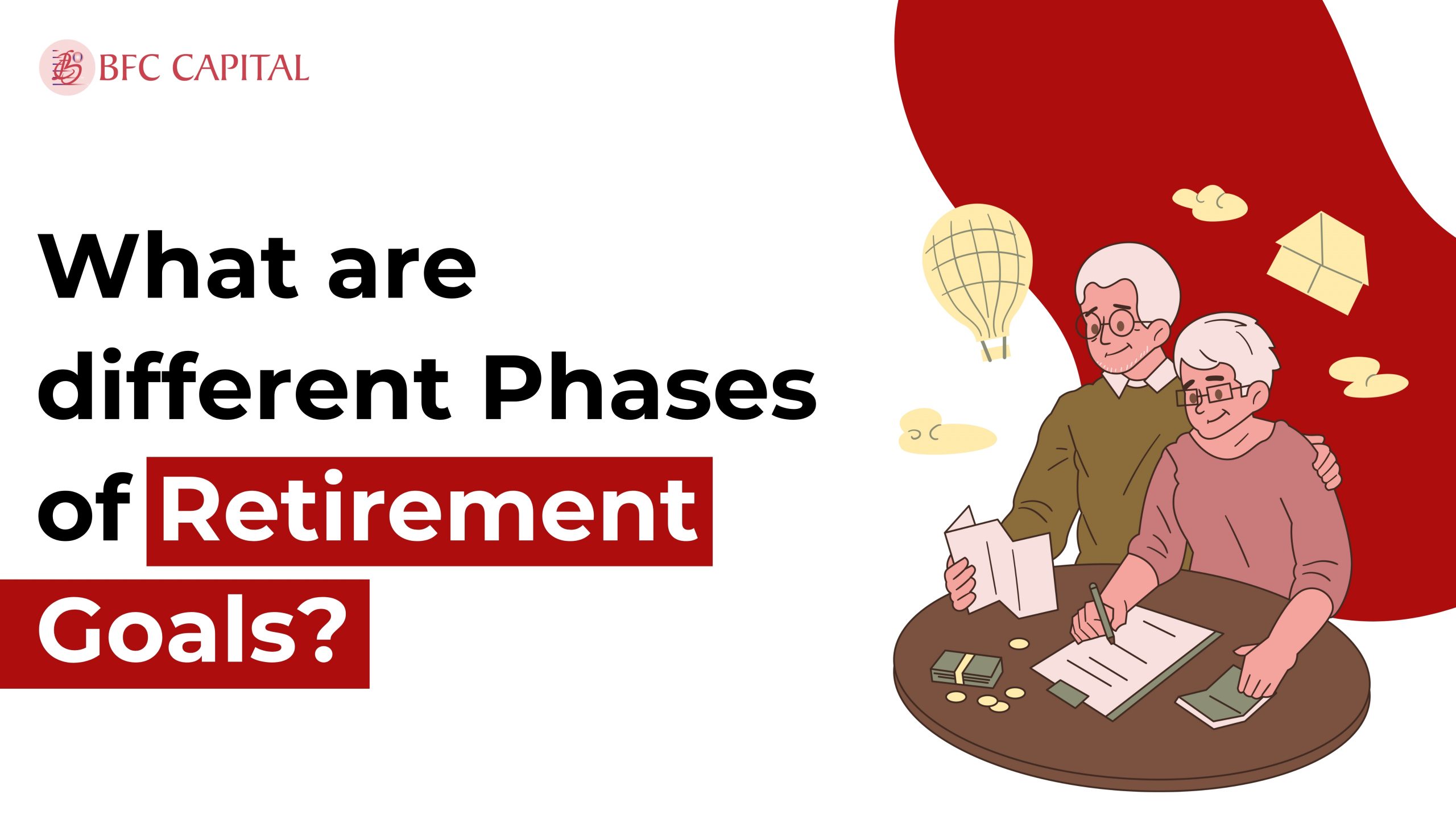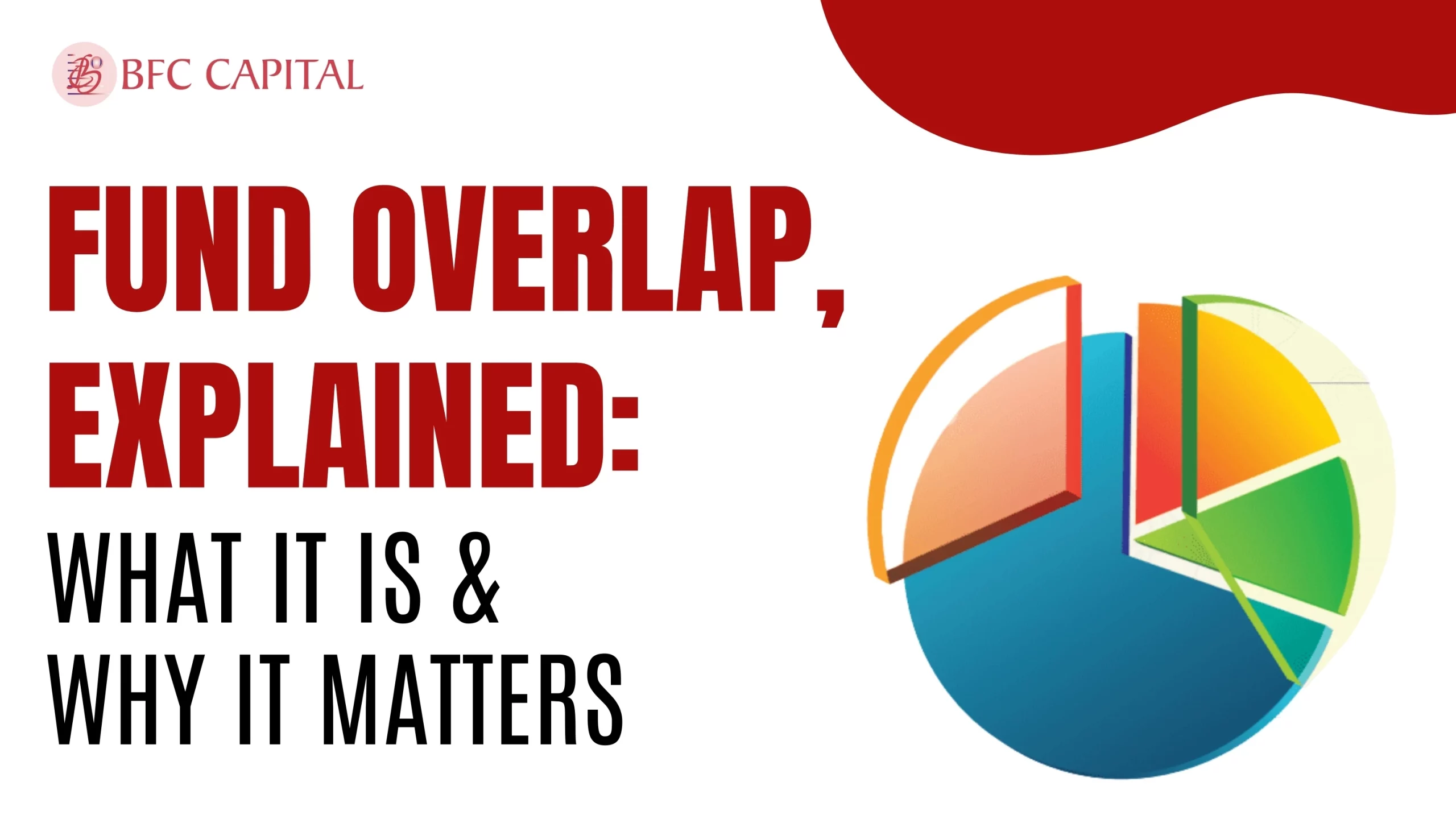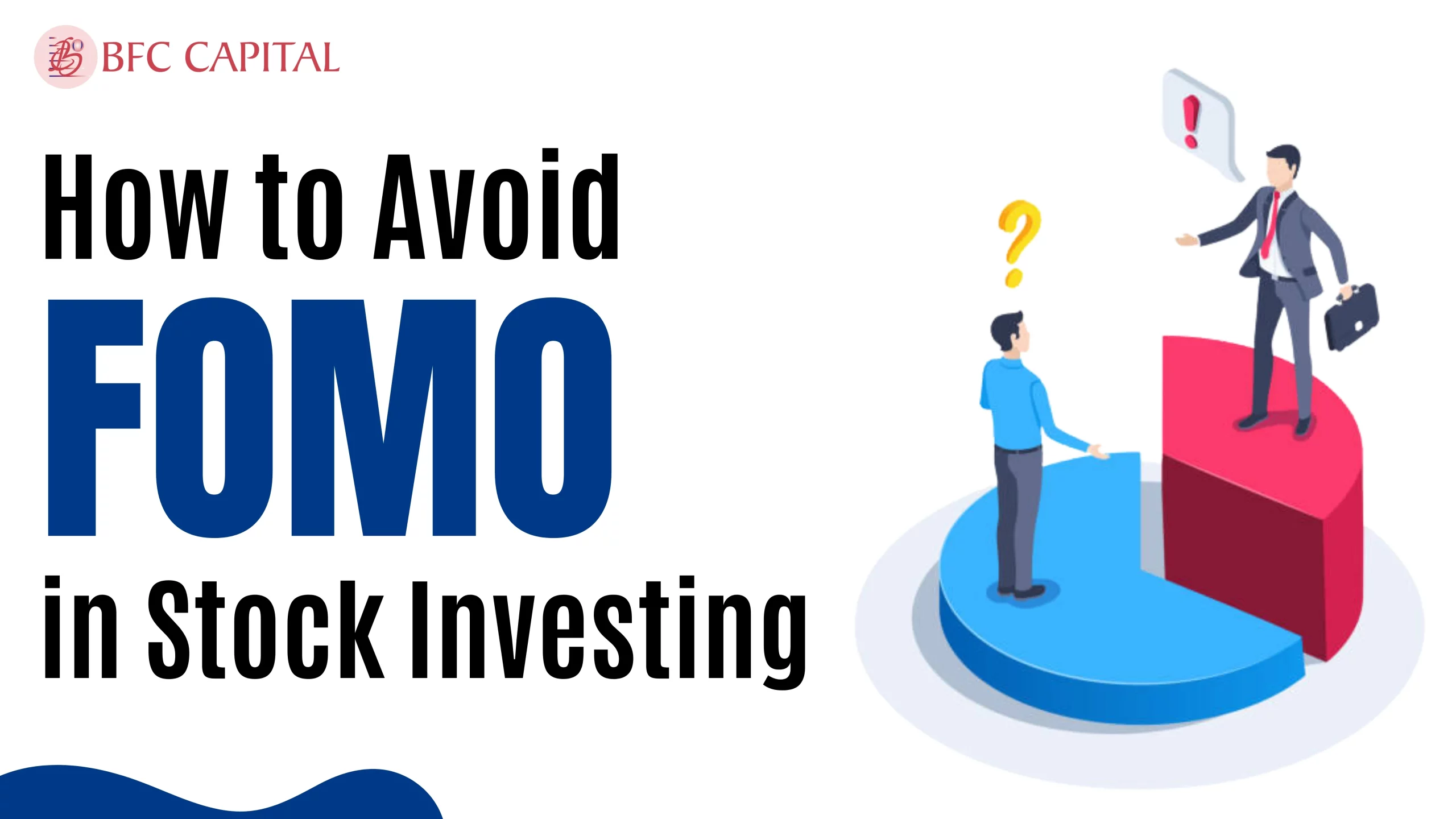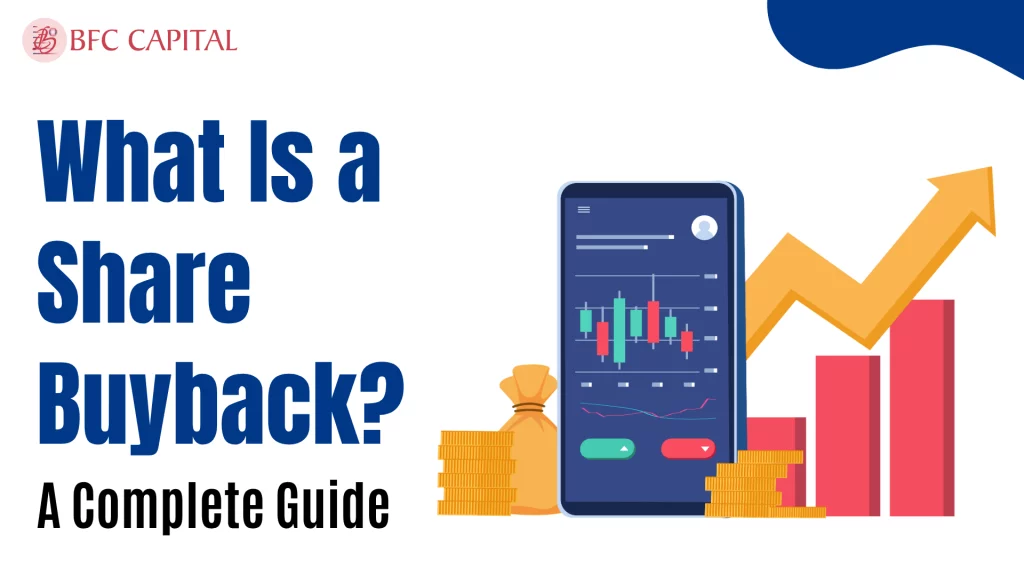
Share Buyback
Have you ever observed how businesses occasionally decide to buy back their own stock out of the blue? You may have heard the word “share buyback” used by someone in the finance industry or seen it in headlines as if it were the newest trend on the stock exchange. This may have left you asking, “Wait… what exactly is that, and is it good or bad for me as an investor?”
Let’s talk about it. And we’ll keep it simple, human, and relatable—no jargon-heavy lectures here.
Table of Contents
What is Share Buyback?
Imagine a company that has done well over the years. Its profits are strong, cash is overflowing, and they’ve already handed out dividends and reinvested wherever possible. Now, they’re sitting on extra cash—and have no clear idea what to do with it.
Instead of just letting that money sit idle, the company decides to use it to buy back its own shares from the market.
Think of it like this: You’re a company with 10 plates (shares) out at a buffet (stock market), and you decide to take 2 of them back. Now there are only 8 plates on the table. That makes each plate just a bit more valuable, doesn’t it?
Why Do Companies Share Buyback?
There are a few core reasons—and they aren’t just about cleaning up their plate collection:
- Strengthening Ownership
When a company buys back its shares, those shares are typically destroyed (not held). That means fewer shares are floating around in the market. So, if the promoters (the original company founders/owners) held 60% earlier, and some public shares get wiped out, their percentage of ownership automatically increases. - Lack of Better Use for Cash
Sometimes, companies genuinely don’t have better long-term investment opportunities. They don’t want to open a new plant just for the sake of it. So instead of forcing expansion, they streamline their balance sheet through a buyback. - Market Signal
A buyback can signal confidence. It’s like the company saying, “Hey, we believe our stock is undervalued right now, and we’re putting our money where our mouth is.”
Let’s Break It Down with an Example
Say a company called ABC Ltd. has 10 lakh shares in total, each trading at ₹100. Out of these, 6 lakh are held by the promoters and 4 lakh are out there in the market (this is what we call free float).
Now, ABC Ltd. announces a buyback of 2 lakh shares. After this buyback, those 2 lakh shares are gone for good. So now, the total number of shares in existence is 8 lakh—but the promoters still hold 6 lakh of them.
What does that mean? Their ownership goes up from 60% to 75%! Without buying a single new share themselves, their stake becomes stronger simply because fewer shares now exist in the market.
Pretty clever, right?
Real-Time Buyback Moves: What’s Happening in the Market?
Let’s take a peek at some real-life cases. Companies like Aarti Drugs and Nucleus Software have done buybacks recently.
| Company | Buyback Offer Price | Share Price on Offer Date |
| Aarti Drugs Ltd. | ₹900 | ₹528 |
| Nucleus Software Ltd. | ₹1,615 | ₹1,379 |
What do you notice here?
Both companies offered to buy shares at a premium compared to the current market price. Why? Because it makes the offer more attractive to existing shareholders—who wouldn’t be tempted to sell at a higher price?
Should You Care About Buybacks?
Absolutely! Especially if you’re an investor in the company doing the buyback.
Here’s why:
- If you choose to sell your shares in a buyback, you might make a nice little profit, thanks to that premium price.
- If you hold on, the value of your shares might go up because of reduced supply and stronger promoter backing.
But there’s another layer: Buybacks can also be used to artificially boost earnings per share (EPS), without actually growing the business. So while it’s often a good sign, don’t tr eat every buyback like gold. Dig a little deeper into why it’s happening.
Also, Check – What Drives Stock Prices
Final Thoughts
Buybacks aren’t an everyday thing—they show up once in a while, often when companies are sitting pretty on cash and looking to consolidate. For investors, they can be a great opportunity, either for quick gains or long-term gains through stronger share value.
Just remember: Not all buybacks are created equal. Some are strategic. Some are superficial. But either way, when one comes around, it’s worth paying attention.
Please share your thoughts on this post by leaving a reply in the comments section. Contact us via phone, WhatsApp, or email to learn more about mutual funds, or visit our website. Alternatively, you can download the Prodigy Pro app to start investing today!
Why do companies buy back shares?
To reward shareholders, boost promoter stake, signal confidence in their stock, or because they don’t have a better use for cash.
What’s in it for me as a shareholder?
You could earn a profit if you sell at the offered premium price, or see your share value go up if you hold and the supply reduces.
Do all buybacks mean the company is doing great?
Not always. Sometimes it’s a smart strategy; other times, it’s just optics. Always check the company’s reasons and fundamentals.
Should I sell my shares in a buyback?
Depends. If the offer price is way above market value, it could be a good exit. If you believe in the company’s long-term growth, holding might be smarter.
Disclaimer: This article is for educational purposes only and does not intend to substitute expert guidance. Mutual fund investments are subject to market risks. Please read the scheme-related document carefully before investing.

Assistant Vice President – Research & Analysis
Akash Gupta heads the Research & Analysis department at BFC CAPITAL, where he combines in-depth market insights with strategic analysis. He holds multiple certifications, including:
- NISM-Series-XIII: Common Derivatives Certification
- NISM-Series-VIII: Equity Derivatives Certification
- NISM-Series-XXI-A: Portfolio Management Services Certification
- IRDAI Certification
With his expertise in equity, derivatives, and portfolio management, Akash plays a key role in providing research-backed strategies and actionable insights to help clients navigate the investment landscape.
